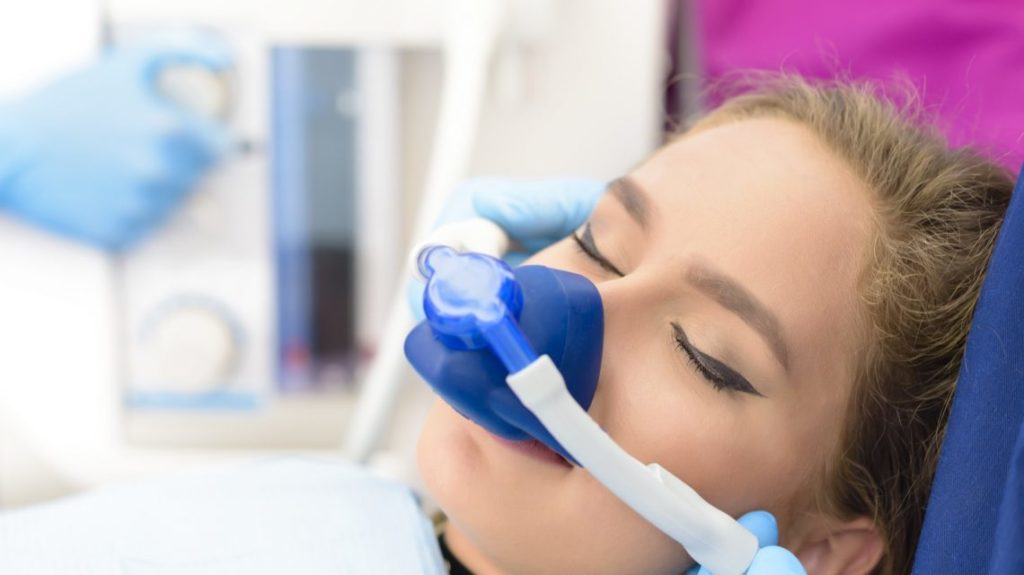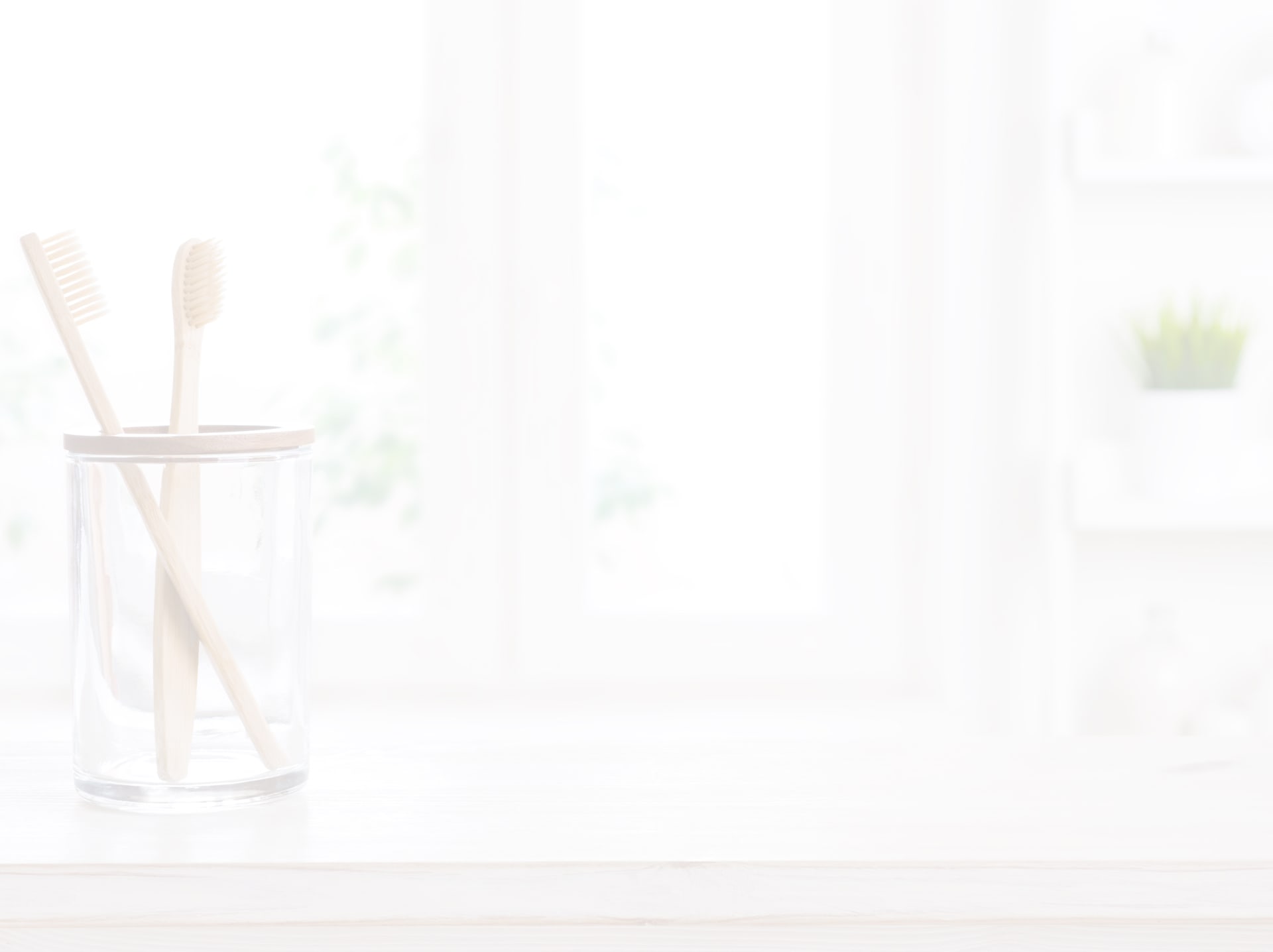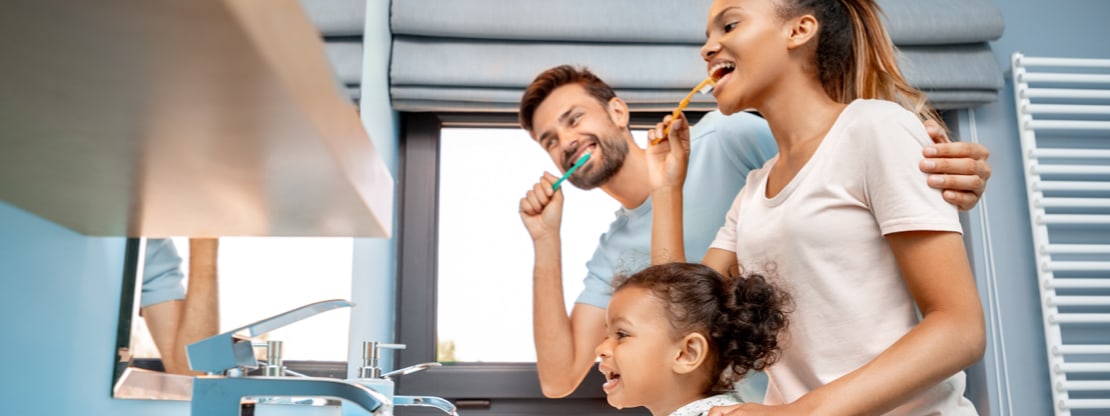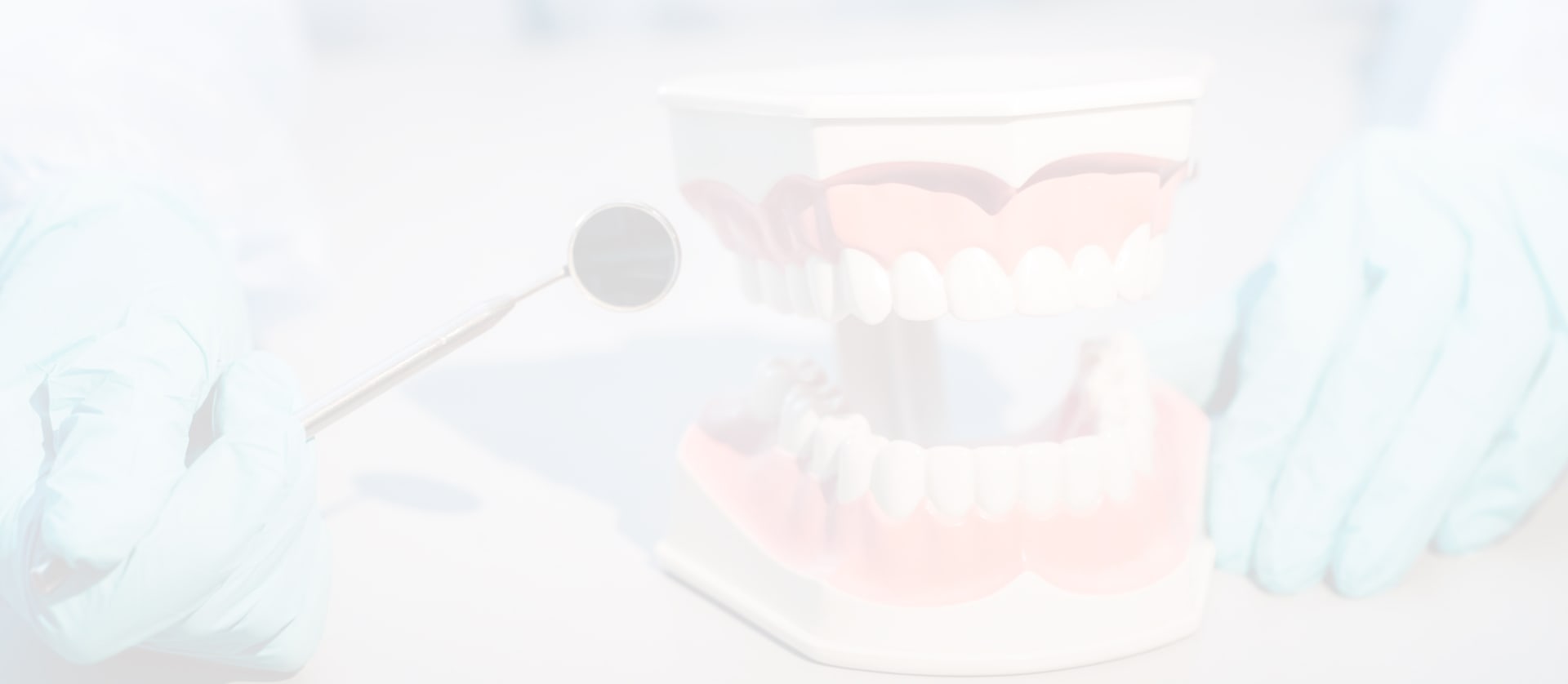If you’ve ever wondered what laughing gas is, it’s all in the name. Known scientifically as nitrous oxide, laughing gas makes us feel less anxious when we inhale it. And nitrous oxide has been used in sedation dentistry for a long time.
Laughing gas isn’t for everyone, but it’s a safe and practical method for staying calm during trips to the dentist. Getting a filling or a root canal can be a little intimidating, so dentists use nitrous oxide to help calm patients. Let’s learn how laughing gas works and how it’s applied in dentistry.
Understanding Nitrous Oxide
Laughing gas and nitrous oxide (N2O) are different names for the same thing. N2O is a naturally occurring gas (at room temperature) composed of 2 parts nitrogen and 1 part oxygen. Also referred to as dinitrogen oxide, this gas is colourless, odourless, and non-flammable. When we inhale N2O it creates a euphoric sensation that can sometimes cause us to giggle, hence the term “laughing gas”.
Laughing Gas & Our Brains
Nitrous oxide has near-immediate effects when inhaled. The gas dissolves into our bloodstream rapidly and reacts with our nervous system, altering pleasure and pain receptors. This reaction reduces pain and anxiety, which is why N2O is used as a sedative, with effects similar to that of morphine.
N2O affects us quickly when inhaled and peaks early, with effects of the gas disappearing rapidly. While using laughing gas, you remain conscious and responsive. Breathing pure oxygen will diminish the effects of N2O more quickly. Typically, a person will be completely alert about 15 minutes after inhaling the gas.
Sedation Dentistry & N2O
Sedation dentistry is the practice of using anesthetics to calm a patient during a dental procedure. This is commonly done during root canals, dental implants, and emergency dental care. Nitrous oxide has been used in sedation dentistry for over 150 years.
Because of your dentist’s ability to safely monitor N2O consumption and the fast recovery period, it’s a preferred sedation method. This can be taken throughout a dental procedure whenever the patient shows signs of fear or nervousness.
Nitrous oxide can provide the following positive effects during dental treatments:
- Lowers stress & anxiety
- Increases pain tolerance
- Increases patient cooperation
- Reduces gagging (gag reflex)
- Increases tolerance for long appointments
How Sedation Works
Before, and intermittently during dental treatment, you may be given “hits” of laughing gas: short bursts of the gas administered through a nose hood. This device rests over your nose, allowing dental professionals to work on your teeth uninterrupted. Depending on the length of your treatment and your discomfort levels, you may be given several bursts throughout treatment.
Professional, supervised sedation is safe and effective when administered in moderation. Fairlawn Dental Centre does not condone self-administered nitrous oxide consumption or recreational use of laughing gas.

Recovery After Inhaling N2O
The main reason that nitrous oxide has widespread use in sedation dentistry is because of its safety and lack of complications for most patients. Laughing gas is also safe for most children to use. In patients of all ages, the recovery process is brief, typically taking no more than 15 minutes to return to an alert state.
Side Effects of Laughing Gas
Most people will feel no side effects following sedation dentistry with laughing gas. Some people may feel a tingling sensation during use, but this disappears quickly in most cases. But you might experience the following side effects if you are more sensitive to the gas:
- excessive sweating
- shivering
- nausea
- vomiting
- dizziness
- fatigue
Patients Who Should Not Use N2O
While using nitrous oxide as an anesthetic in dentistry is generally a very safe and controlled procedure, there are some exceptions. It may be best to select an alternate sedation method if you have any of the following conditions:
- You’re in the first trimester of pregnancy
- You have been diagnosed with respiratory illness
- You have a history of mental health disorders
- You have severe cardiac disease
- You are critically ill
- You have a cobalamin (vitamin B-12) deficiency
- You have methylenetetrahydrofolate reductase deficiency
Stay Calm, Smile On
Staying calm and confident in the dentist’s chair can be the difference between a positive experience and a negative one. The use of nitrous oxide in sedation dentistry is a common and safe way to reduce discomfort and anxiety during dental treatments. The Canadian Dental Association outlines the safe application of laughing gas as an anesthetic.
The vast majority of us can take nitrous oxide safely to help manage dental stress. It lets people who might otherwise avoid the dentist get the work their teeth need. So if you have tooth issues but you’re scared to see the dentist, just remember that laughing gas is probably an option. Contact our office for more information on sedation dentistry and the ways we can help your smile stay bright without the stress.










